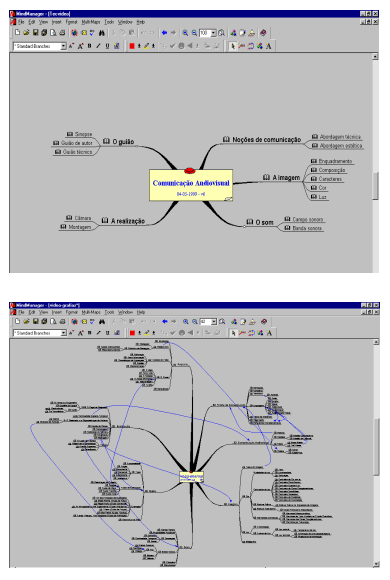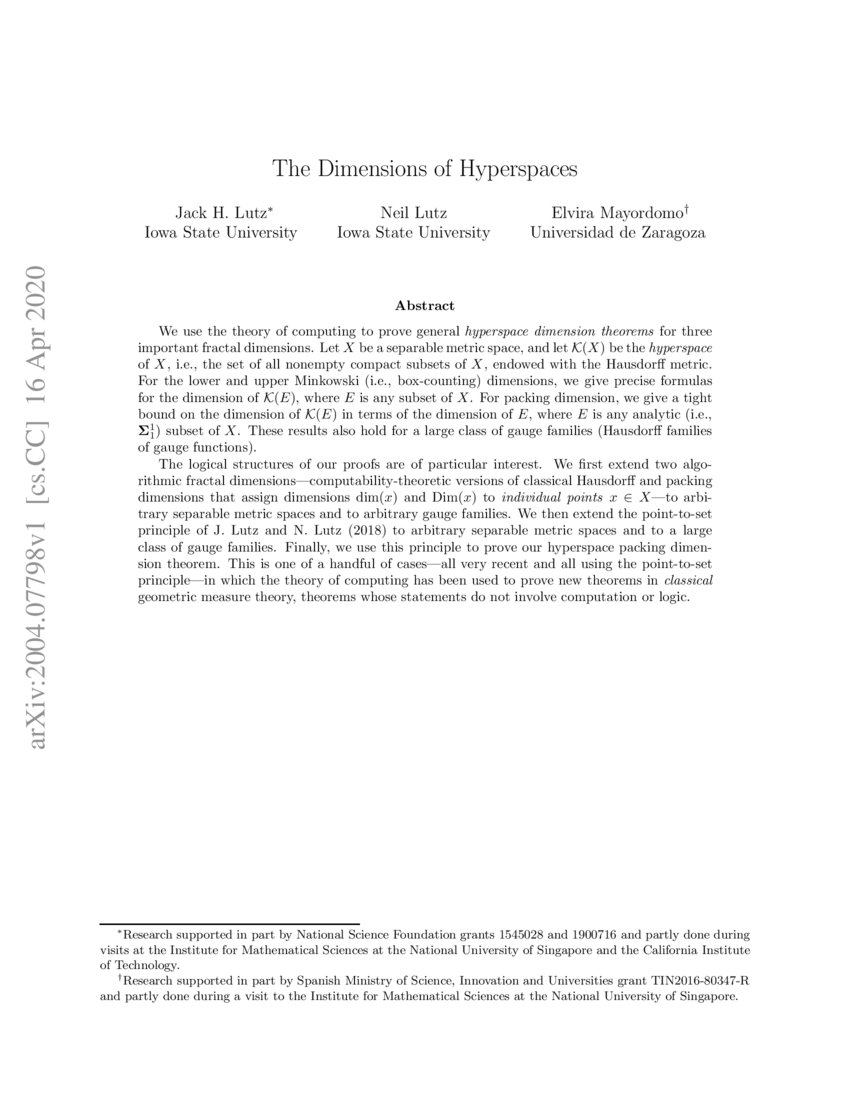

The general concept of Euclidean space with any number of dimensions was fully developed by the Swiss mathematician Ludwig Schläfli before 1853.

published in 1754, but the mathematics of more than three dimensions only emerged in the 19th century. The idea of adding a fourth dimension appears in Jean le Rond d'Alembert's "Dimensions". This concept of ordinary space is called Euclidean space because it corresponds to Euclid's geometry, which was originally abstracted from the spatial experiences of everyday life. For example, the volume of a rectangular box is found by measuring and multiplying its length, width, and height (often labeled x, y, and z).

Three-dimensional space is the simplest possible abstraction of the observation that one needs only three numbers, called dimensions, to describe the sizes or locations of objects in the everyday world. Parallelism and Projectively Related Geometriesħ-4.Four-dimensional space ( 4D) is the mathematical extension of the concept of three-dimensional space (3D). Complex Numbers and Conformal TransformationsĬhapter 5 / Differential Geometry of Vector Manifoldsĥ-4. Computation of Induced TransformationsĤ-7. Intrinsic Derivatives and Lie BracketsĤ-6. Isometries and Spinors of PseudoEuclidean SpacesĤ-3. Canonical Forms and General Linear Transformationsģ-8. Normal and Orthogonal Transformationsģ-6. Symmetric and Skew-symmetric Transformationsģ-5. Characteristic Multivectors and the Cayley-Hamilton Theoremģ-4. Linear Transformations and Outermorphismsģ-2. Factorization and Simplicial Derivatives Chapter 3 / Linear and Multilinear Functionsģ-1. Multivector Derivative, Differential and AdjointsĢ-3. Geometric Algebras of PseudoEuclidean SpacesĢ-2. Vector Spaces, Pseudoscalars and Projectionsġ-5. The geometric calculus developed in this book has the following features: a systematic development of definitions, concepts and theorems needed to apply the calculus easily and effectively to almost any branch of mathematics or physics a formulation of linear algebra capable of detailed computations without matrices or coordinates new proofs and treatments of canonical forms including an extensive discussion of spinor representations of rotations in Euclidean n-space a new concept of differentiation which makes it possible to formulate calculus on manifolds and carry out complete calculations of such things as the Jacobian of a transformation without resorting to coordinates a coordinate-free approach to differential geometry featuring a new quantity, the shape tensor, from which the curvature tensor can be computed without a connection a formulation of integration theory based on a concept of directed measure, with new results, including a generalization of Cauchy's integral formula to n-dimensional spaces and an explicit integral formula for the inverse of a transformation a new approach to Lie groups and Lie algebras. Complex numbers, quaternions, matrix algebra, vector, tensor and spinor calculus and differential forms are integrated into a singe comprehensive system.
HYPERSPACES GEOMETRY FULL
Geometric Calculus is a language for expressing and analyzing the full range of geometric concepts in mathematics. [The following links provide a few options for ordering this book: First published in 1984 reprinted with corrections in 1992. Clifford Algebra to Geometric Calculus bookĬlifford Algebra to Geometric Calculus David Hestenes and Garret Sobczyk © Kluwer.


 0 kommentar(er)
0 kommentar(er)
